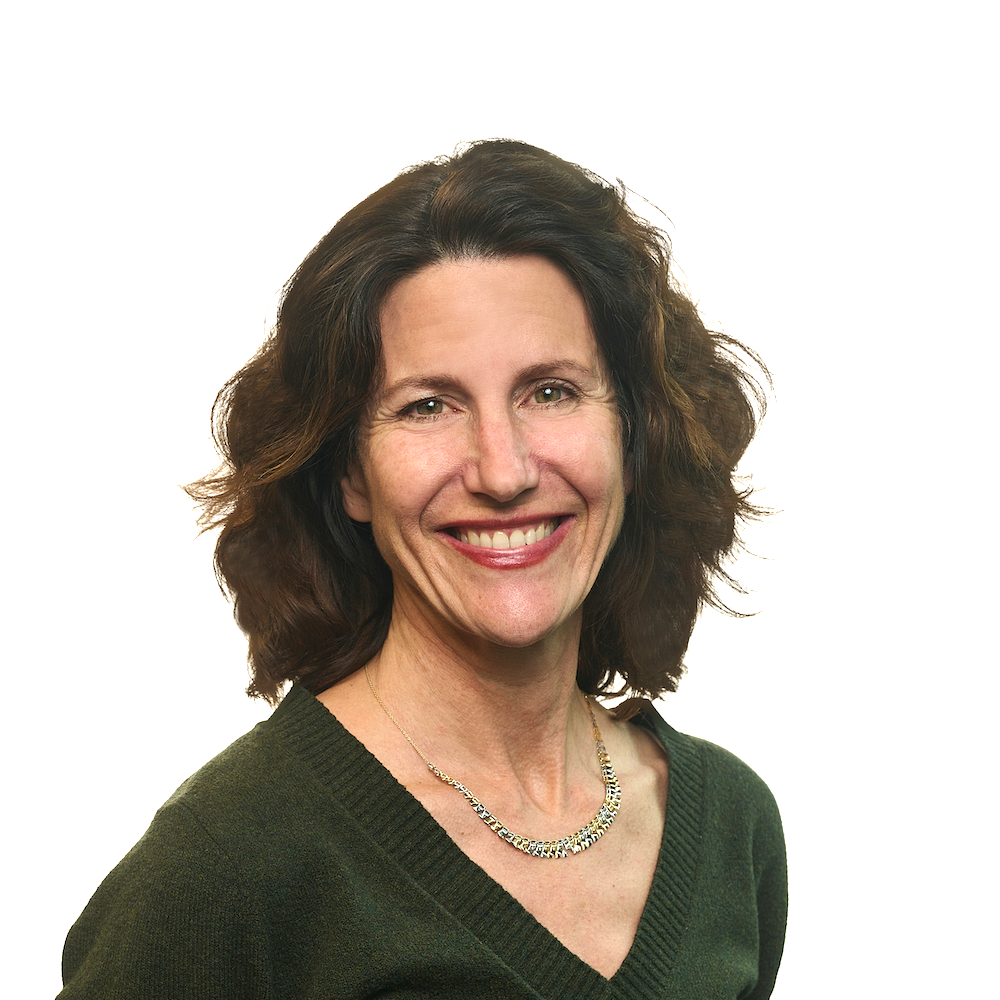Australia just released its 2023 Development Finance Review (DFR), and the document signals to development professionals and investors alike Australia’s approach to boosting the economies of the Indo-Pacific region.
Economic growth, stability, and resilience in the Indo-Pacific region matter for the global economy. And tackling these issues—encapsulated in the Sustainable Development Goals (SDGs) and the Paris agenda—solely with public funding is unrealistic. There is not enough fiscal space in these economies, nor sufficient donor funding from the wealthier nations of the world, to deliver on development goals. Turning to private sector investors won’t work on its own either; the fiduciary investors of the world will not expose their capital to excess risk in developing economies. Part of the answer must include the strategic use of catalytic funds to attract private sector investment toward the SDGs—blended finance. But for the broad community of private sector investors who do not interact with governments or donors regularly, securing the catalytic funds to put together a blended finance transaction can be an opaque process.
The official donor agencies of most countries do not have a front door that prospective blended finance sponsors can walk through to discuss partnering on transactions. Many donor agencies, if they support private sector-led development, channel funds directly through their countries’ bilateral development banks, or to the multilateral development banks in which they hold shares. If donor agencies engage in blended finance directly, it may be episodic, rather than part of an explicit strategy with a known product line and budget.
This is why Australia’s DFR is important. The review makes official that the Department of Foreign Affairs and Trade (DFAT) should have a front door for the investment community and instructs DFAT to hang a shingle signaling exactly what is on offer and toward what end.
Building on this announcement, DFAT has a singular opportunity to ramp up its work to organize and direct capital to meet the Indo-Pacific’s urgent development priorities. And the DFR’s direction aligns well with notable best practices for donor governments engaging in blended finance:
- Donor nations should determine their blended finance objectives and design blended finance offerings accordingly. The DFR identifies early-stage funding as a pinch point for both SMEs and infrastructure projects in the region. DFAT already funds the Emerging Markets Impact Investment Fund (EMIIF), which invests in financial intermediaries, and can reach many more SMEs than DFAT could support directly with a combination of capital and technical assistance. The DFR calls for rebranding EMIIF as Australian Development Investments and growing it to A$250 million. Similarly, DFAT is a funder of the Private Infrastructure Development Group (PIDG), a highly catalytic multidonor entity that is often the first investor into infrastructure projects, encouraging co-investors to follow. The DFR indicates that Australia intends to ramp up support for PIDG. And, finally, the DFR notes DFAT support to Convergence’s own Design Funding activities, which operate at the earliest conceptual stage of blended structures, pushing forward potentially investible ideas into the market.
- Donor nations should tailor blended finance programs to their country’s unique domestic economic and business contexts. The DFR calls for a strategy of partnering with Australian philanthropies and impact investors in the first instance, to ripen investible opportunities to a point where mainstream investors, including the major Australian institutional investors who have yet to engage meaningfully in the region’s developing economies, can join in.
- Donor nations must have the internal capacities and resources to execute on their plans. The DFR identifies Australia’s strengths in gender and climate and directs these skills to be explicitly built into its blended finance activities; it notes the need to designate a specific office within DFAT (a front door!) to take on blended finance and interact with the private sector; and it calls for enhanced measurement and reporting on outcomes.
These points matter not only for accountability to the taxpayer but also to coax private investors into the water over time. Others think so too. The Australian Sustainable Finance Initiative (ASFI) represents Australian financial institutions (major banks, superannuation funds, insurers, asset managers, and financial services firms) committed to sustainable investing. ASFI reacted to the DFR by reiterating its hope for a national center for blended finance at some point—a door with visible signage.
The DFR is an excellent start. Equipping DFAT with a clear mandate and strategy for blended finance opens a door so philanthropic and private investors can participate more readily in investment opportunities that achieve the SDGs and climate change objectives in the Indo-Pacific region. Getting this right would mean a step-function increase in crowding in private sector money.

